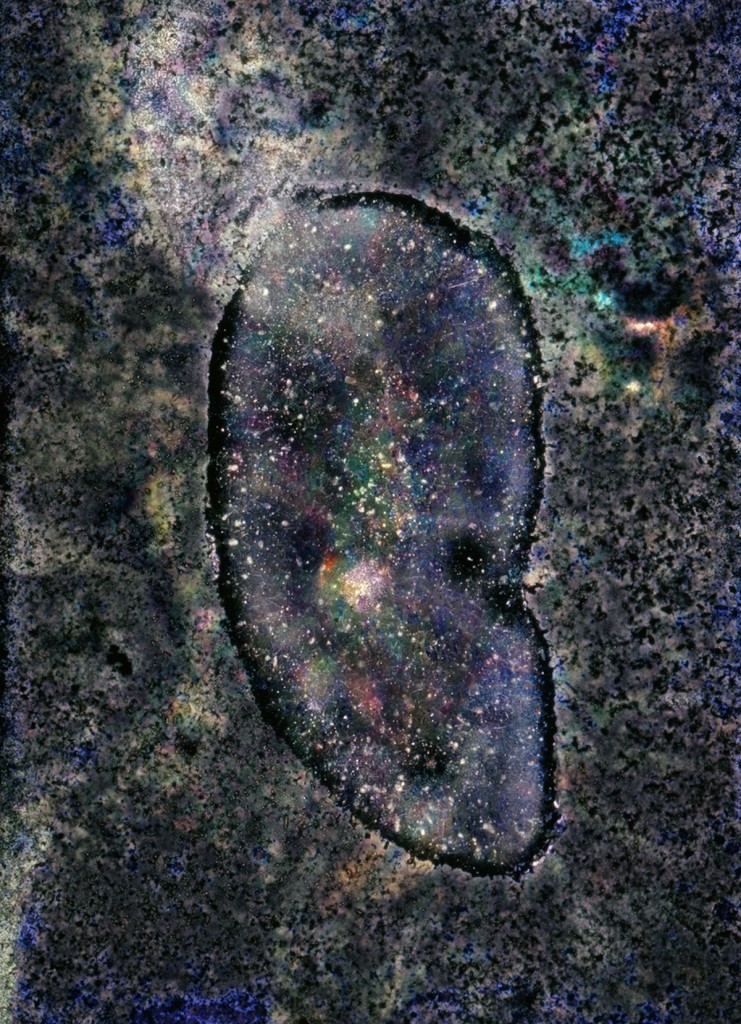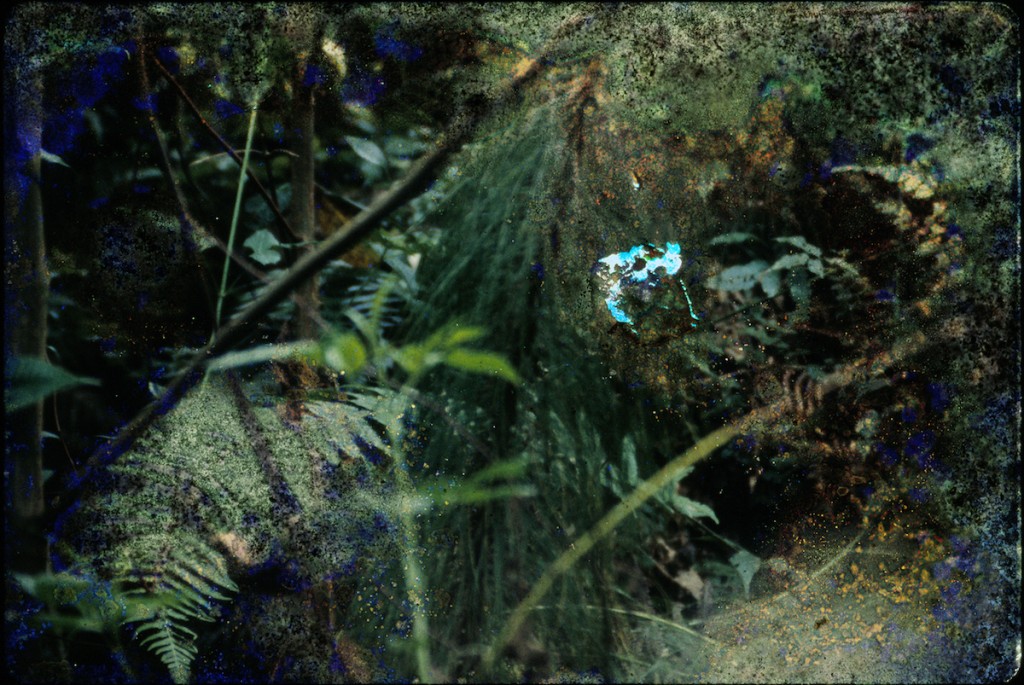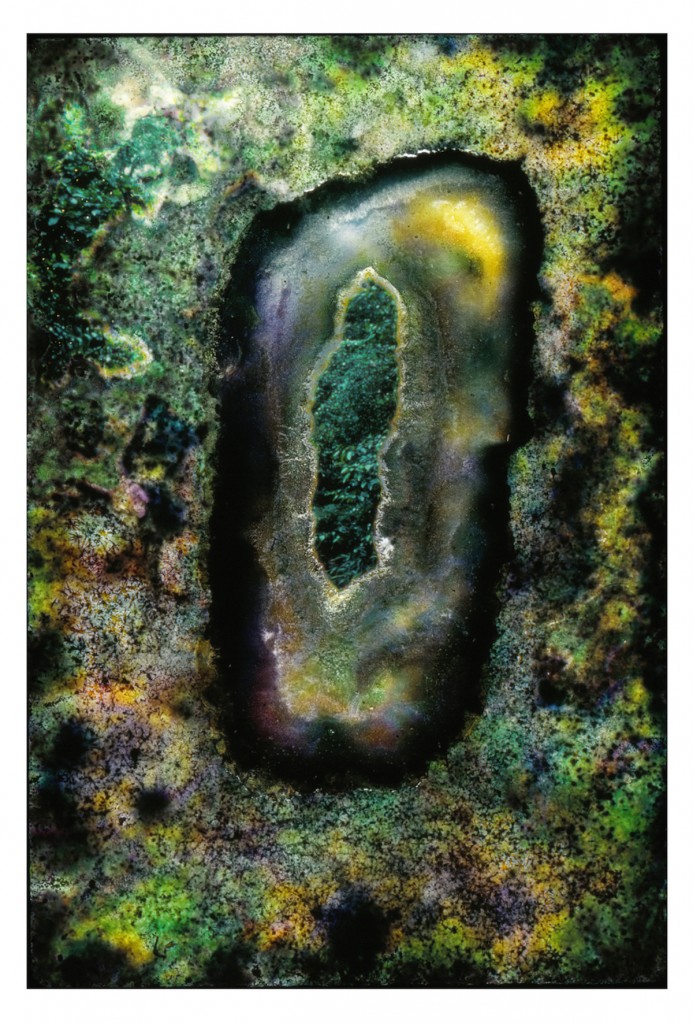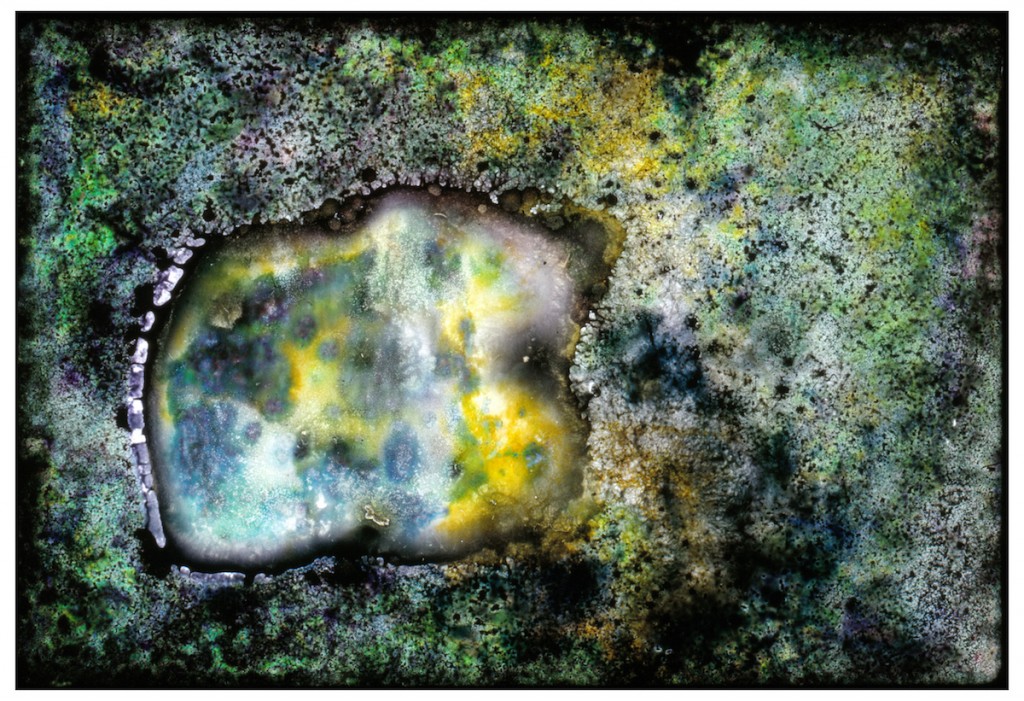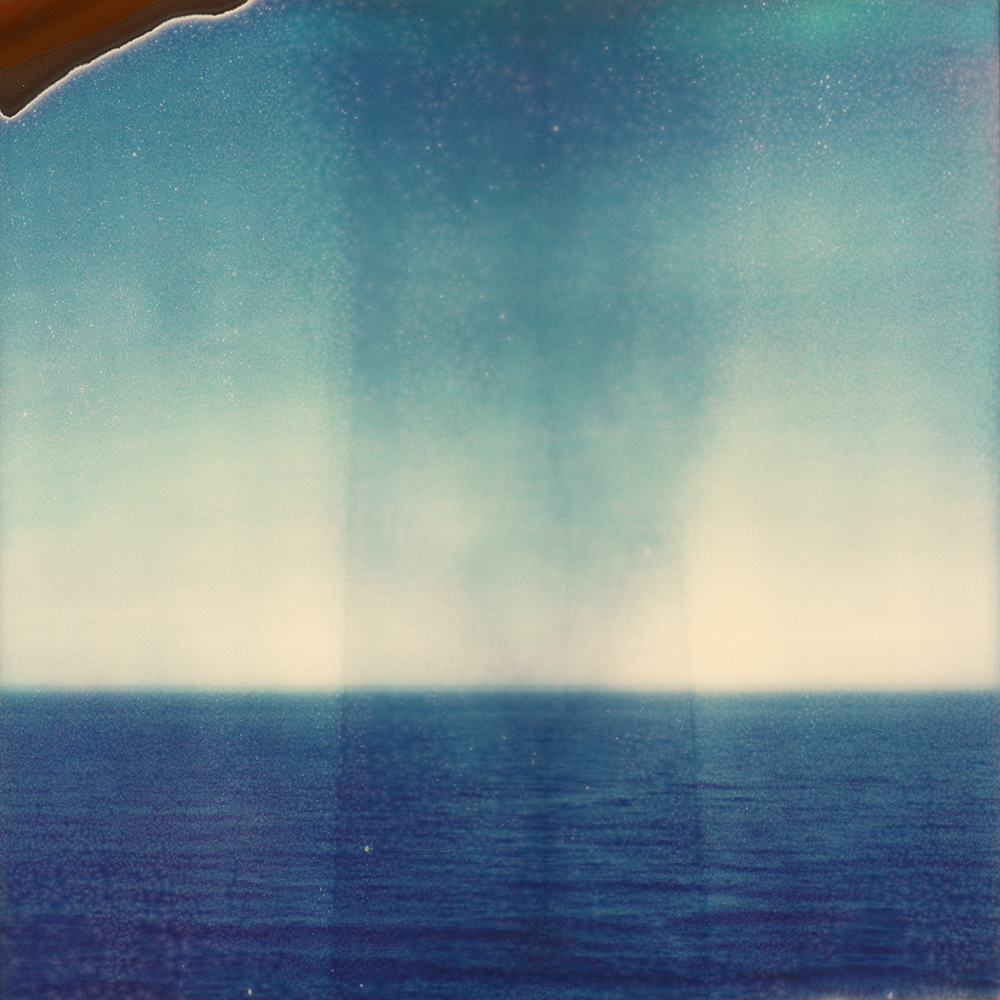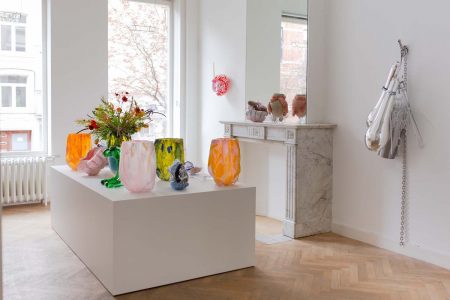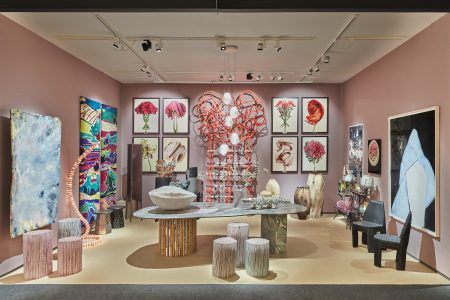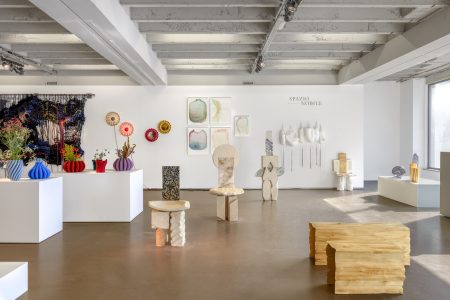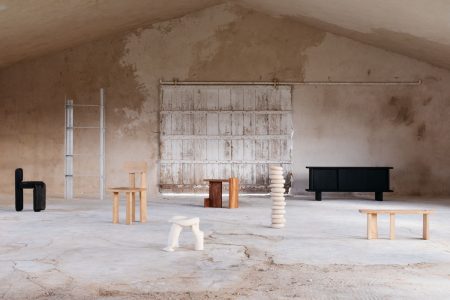Werk It, Jonas!
As part of our series on Die Werkstatt, the collective behind our seasonal exhibition at Spazio Nobile, we spoke with photographer Jonas Loellmann about his work
At our sister gallery in Brussels, Spazio Nobile, the Season VII exhibition displays the work of Die Werkstatt, a collective formed by designers Damien Gernay, Kaspar Hamacher, Valentin Loellmann and Fabian von Spreckelsen and photographer Jonas Loellmann.
As part of our series on the group, we spoke with the latter about shooting with film, the female stare and a sponge-like experience in New York.
TLmag: What is the most important part to you about shooting with film?
Jonas Loellmann: It’s very important for my personal work! It allows me to capture deeper layers and dimensions in a photograph. A digital image is pure mathematics and fully controlled and programmed. For me, that is quite superficial —it can inflatable obstacle course for sale look nice, but it’s not what I am looking for. I like the fact that there is a chemical and organic process happening with film when light touches it, and things happen that I cannot fully control. It creates another information that tells me something beyond what I want it to look like… It’s like the picture has its own soul.
I also like when mistakes happen or I make mistakes on purpose to allow something else beyond my control to influence the picture. It’s like a collaboration between the moment, me, the light and all the other natural circumstances involved.
Besides that, I like the fact that I am more limited when shooting, because I need to think very good about when to take picture or not. I always prefer to listen carefully to the moment and try to get everything into that one picture, instead of splitting up that moment into many pictures.
When the roll is complete, it will take some time until it is developed and I can see what I photographed and how it turned out. That process of giving it away to the lab and waiting for it to return developed is also very interesting, because it creates a bit of a distance and allows me to have another view on it when they come back. The immediate expectations are not that strong, and while studying each picture to find out how it turned out and what it means reveals much deeper layers.
TLmag: How long do you usually take between finishing a roll and developing it?
JL: It really depends on the situation. Sometimes I finish the roll and bring it to the lab, so I can get it back the next day, but usually it always takes a few days. When I shoot an assignment —for example, in fashion— I try to get the rolls developed within a couple of days, but when I am traveling I shoot a lot, so I collect all the rolls and develop them once I get back, which can be weeks later. And yet that time in-between is quite important to me, because it allows me to perceive the images from another perspective and study each one more closely. Also, I believe that time has its very own magic that it adds to the picture. It doesn’t have to be visible, but I can feel it it is like a deeper layer opening up. We just forget about it in a way, because everything is about to be faster and faster, which I feel can become quite superficial.
TLmag: The female stare looking back at your male stare is one of the biggest leitmotivs in your work. Why?
JL: I never thought about that being a big leitmotiv. I mean, honestly, I like women a lot and I am fascinated by the dialogue between female and male. I love the female energy and I feel a strong connection to it, and I love to photograph that. For some reason, it inspires me a lot, both aesthetically and in its energy and vibration. Maybe it’s that resonation I experience in myself, that is so special, that makes me feel a desire to capture and share it.
In general, I think a stare looking back at my own stare is always an interesting dialogue, because it can tell a lot about both the person being photographed, but also about the photographer and the energy that is happening in between. it is something quite intimate, which is always interesting to discover.
What’s the piece in Die Werkstatt exhibition at Spazio Nobile that means the most to you?
JL: All of my pieces mean a lot to me. They are like my own children, and I spend quite some time raising them, and now they are about to be ready to leave for a new home.
But the ocean view is always important to me. I love the ocean so much! It is a very strong element that allows me to calm down and reconnect with a very natural rhythm. And yet I am also very happy to show a really new body of work that I’d never shown before, so probably that combination means the most to me.
TLmag: You were born in landlocked Lörrach. Do you think that had anything to do with you feeling so attracted to large bodies of water?
JL: I was born there, but I grew up close to the lake of Konstanz in the south of Germany, so there was water close by… but not the ocean. In my childhood, we went every year to the ocean for a few weeks with the family, just wild camping on the beach and spending time there. I think that created a strong relationship to the ocean and its energy.
Later on, I always wanted to live by the ocean for a while, so I spent six months after I finished school in Costa Rica, basically surfing every day. That was when I really discovered a very personal connection with the ocean. It always teaches me a lot about life and about our nature. Ever since, I spend time on a regular basis every year in and by the ocean.
I mean, living landlocked and not next to the ocean maybe makes that relationship even more intense, because I can see it from different perspectives, and distance has its very own intensity. It makes me look at it in a different, as opposed to what would have happened had it been in front of me all the time. But at some point, when I am done here, I am probably going to live close by.
TLmag: What unlikely experiment do you think has paid off the most for your career?
JL: Staying true to myself and keeping my work personal and close to my own visions. But also, all the traveling —going on my own to new places and looking for connection and meaning in the unknown is something that is an important factor for my work and my career. It always gives me the possibility to observe and experience in a very free and focused way, taking all the time it needs and following my intuition.
TLmag: Is there one place in particular that became a game changer for your artistic vision?
JL: When I look back I think, living in New York during the last years of my studies, in 2007, was a very important experience. I was supposed to do an internship during my last year, but since I [wanted to focus] on my personal, maybe more artistic work, I decided to just go to New York, buy an old car and make a road trip through the whole country to collect pictures for my graduation project, which I wanted also to become a body of work to be the start of a new chapter of my career.
Somehow, I didn’t make it that far, because New York just touched me so deeply that after one week on the road I decided to cancel all my plans and go back, rent an apartment, take the time and live in the city until my visa expired. So I ended up living in Brooklyn for almost three months, exploring the city, capturing it with my cameras. For the first time I considered myself a “real” photographer, and somehow I encountered some part inside me that I wasn’t really ready to show before, when I was still studying and in a process of developing my personal vision. So that trip definitely changed a lot regarding my work and my self, but also as a photographer and artist.
Die Werkstatt – Season VII is on display until May 13
